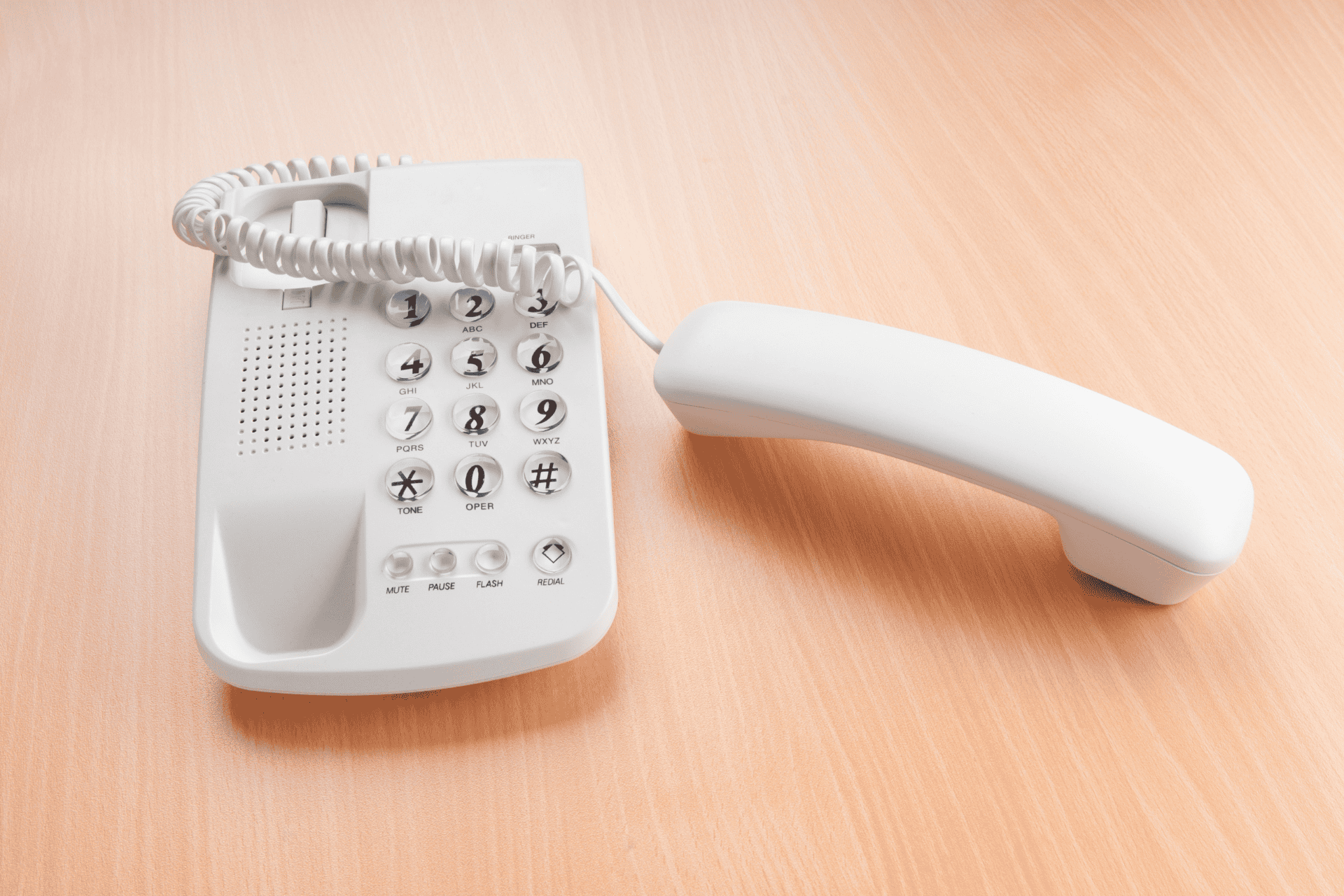Why Are POTS Lines Being Retired?
POTS lines are based on decades-old technology that has become increasingly expensive to maintain. Telecom providers are focusing on newer, more efficient communication technologies that can deliver faster speeds, higher bandwidth, and better scalability. The Federal Communications Commission (FCC) has even granted approval to carriers like AT&T and Verizon to decommission their copper-based POTS infrastructure, further accelerating the decline of traditional landlines.
There are several key reasons behind this shift:
- High Maintenance Costs: The infrastructure for POTS lines—primarily copper wiring—requires extensive maintenance and repairs, which increases costs for telecom providers.
- Outdated Technology: Compared to modern communication technologies, POTS lines are slow, offer limited functionality, and are not equipped for today’s data-heavy usage.
- More Efficient Alternatives: VoIP and wireless technologies offer superior performance at a lower cost, with additional features like video conferencing, call forwarding, and mobile integration.
The Impact of POTS Retirement on Businesses
If your business still relies on POTS lines, the retirement of this technology could disrupt your communications if you don’t act soon. Here are some of the potential impacts:
- Service Disruption
- As telecom providers gradually discontinue POTS services, businesses may experience degraded service quality or even a complete loss of phone connectivity if they haven’t transitioned to a new system.
- Increased Costs
- While POTS lines have traditionally been cost-effective for voice services, as they are phased out, the maintenance and repair costs will likely increase, and some carriers may pass those costs onto customers.
- Limited Support
- With fewer resources being allocated to maintaining POTS infrastructure, businesses may find it harder to get timely support or repairs for their existing systems.
Steps Businesses Should Take to Transition Away from POTS Lines
To avoid service disruptions and rising costs, businesses need to proactively plan their transition from POTS lines to more modern alternatives. Here’s a step-by-step guide to help you through the process:
- Evaluate Your Current Communication Needs
- Assess how your business currently uses POTS lines. Are they solely for voice calls, or do they support other systems like security alarms, fax machines, or point-of-sale systems? Understanding your current needs will help you choose the right replacement solution.
- Explore Alternative Technologies
- VoIP (Voice over Internet Protocol): One of the most popular alternatives to POTS lines, VoIP allows you to make voice calls over the internet. VoIP systems are more cost-effective, offer a range of additional features, and are highly scalable for growing businesses.
- Unified Communications as a Service (UCaaS): UCaaS integrates voice, video, messaging, and other communication services into one platform. This can be an excellent option for businesses looking to modernize their entire communication infrastructure.
- Mobile Solutions: For smaller businesses or remote workforces, using mobile solutions as a replacement for landlines can be a simple, cost-effective option.
- Audit Your Existing Infrastructure
- Review your current telecom setup, including internet bandwidth, hardware, and existing phone systems. Make sure your infrastructure can support newer technologies like VoIP, which may require higher internet speeds and upgraded equipment.
- Consult with Telecom Experts
- Transitioning from POTS lines can be complex, especially if your business relies on them for critical functions like security systems or emergency lines. Consider working with telecom experts or consultants who can help assess your needs, recommend the best solutions, and manage the transition process.
- Test Your New System Before Full Deployment
- Once you’ve selected a new communication solution, run pilot tests to ensure everything works as expected. Test for call quality, connectivity, and the integration of any essential systems like alarms or payment processing.
Let NUR Help You Transition from POTS Lines
As POTS lines continue to be retired, making the switch to modern communication systems is not just a smart business decision—it’s essential. Don’t wait until your current system fails or costs skyrocket. At National Utilities Refund (NUR), we specialize in helping businesses navigate telecom utility changes and identify cost-saving opportunities. Contact us today for a free consultation, and let us guide you through the process of transitioning from POTS lines to a more efficient and affordable communication solution.




